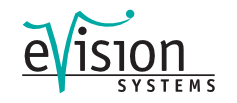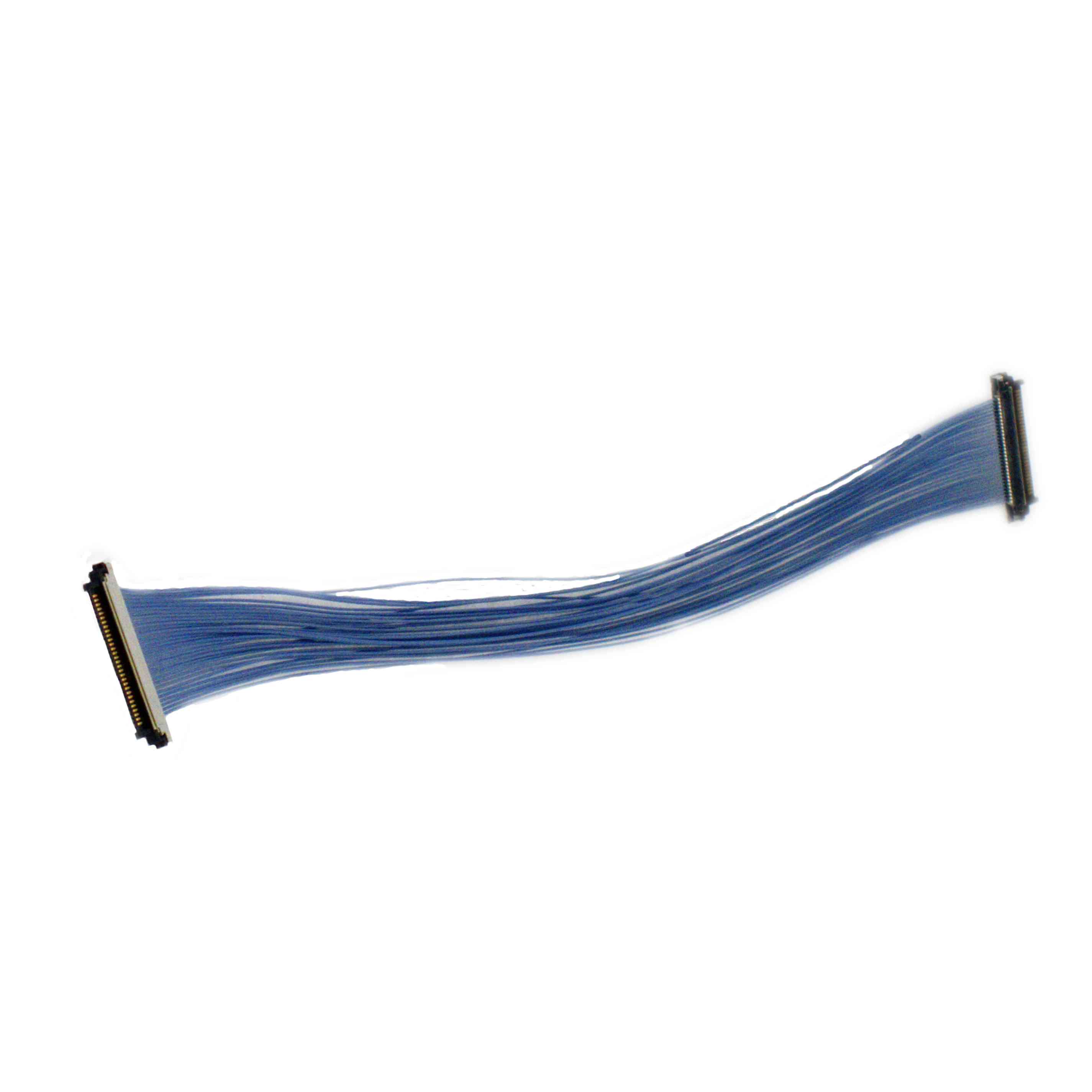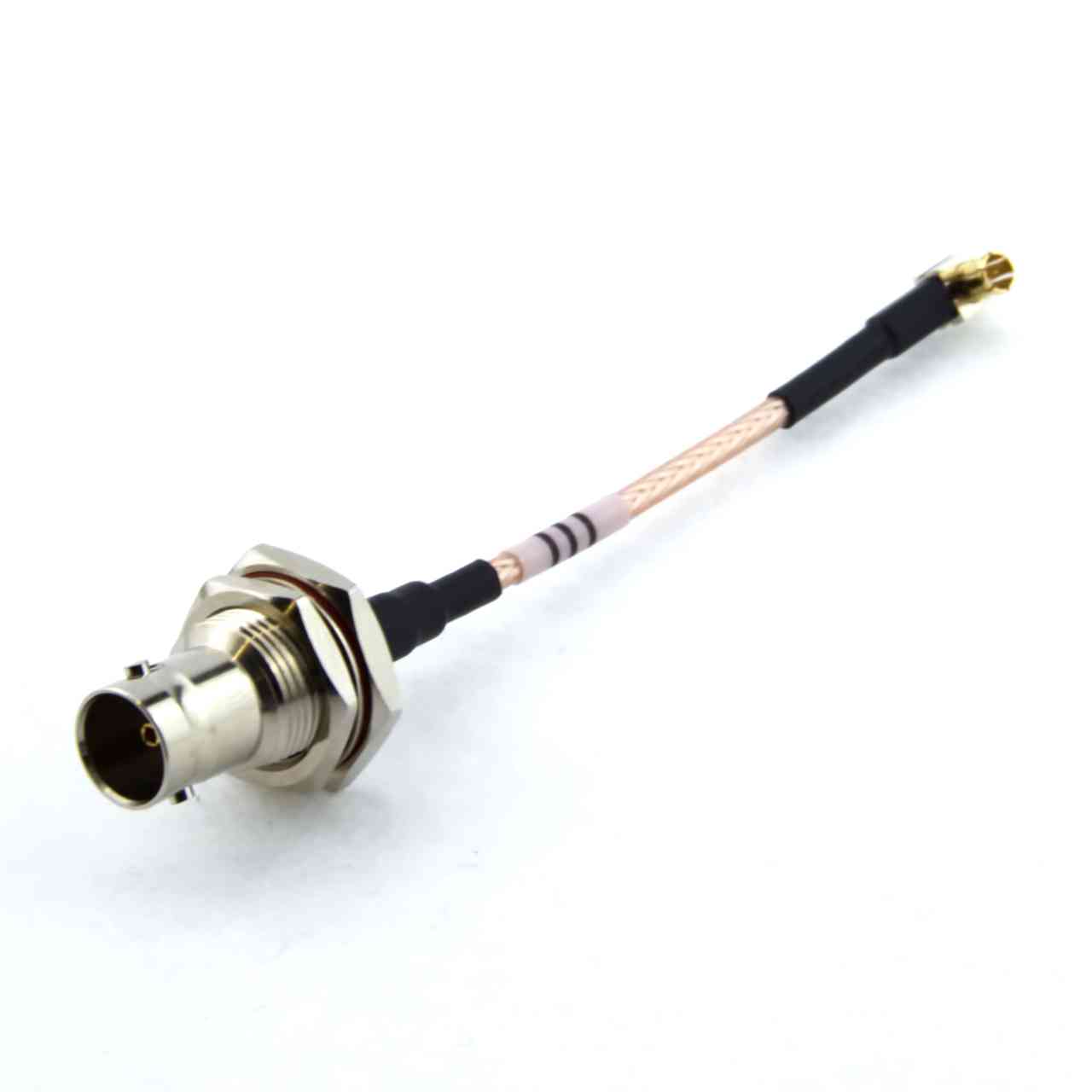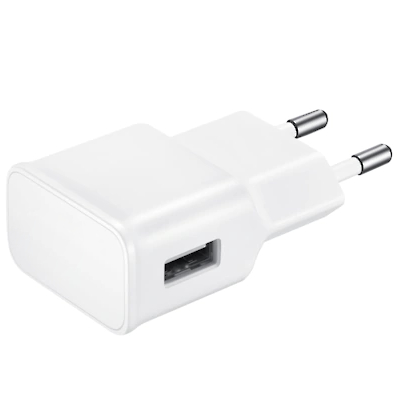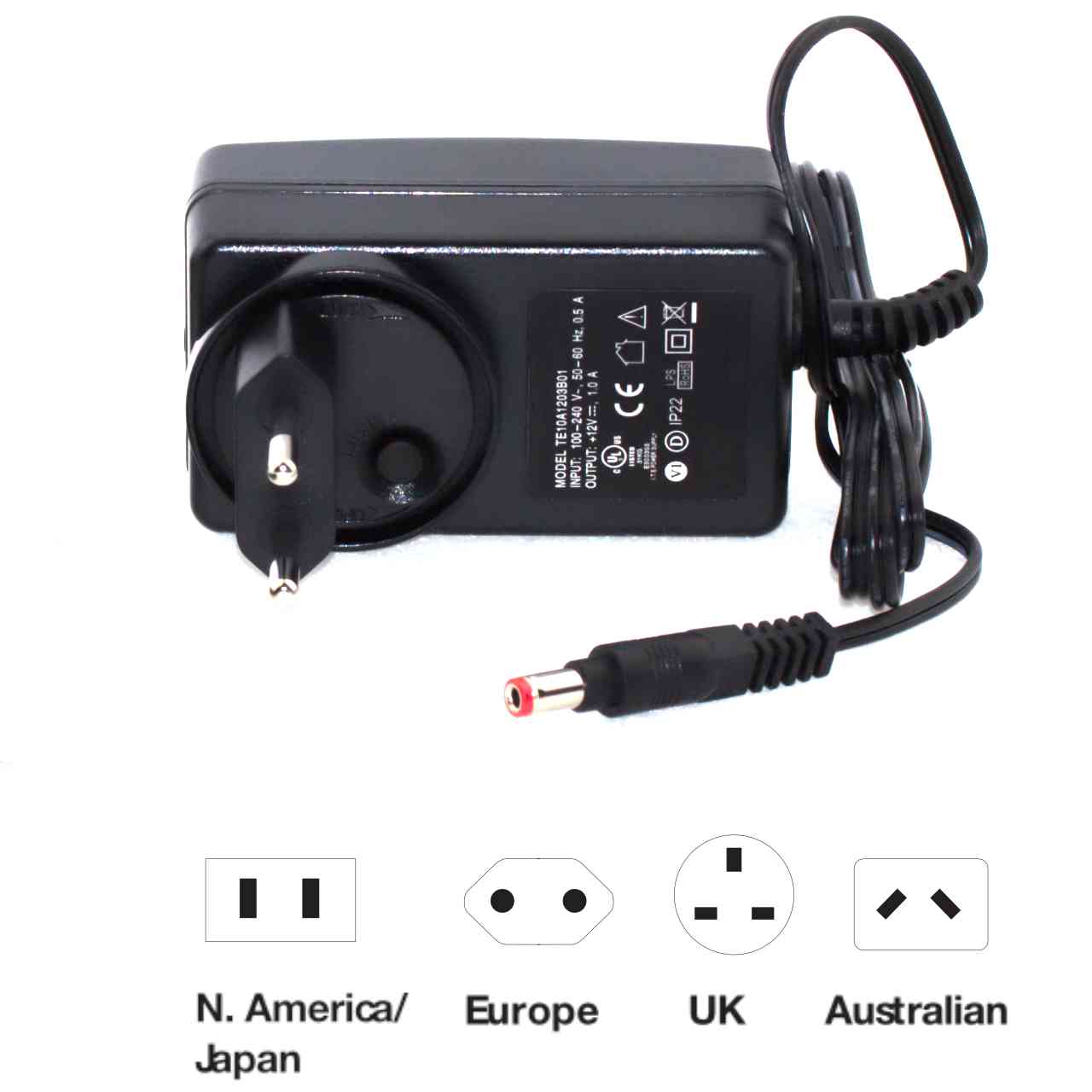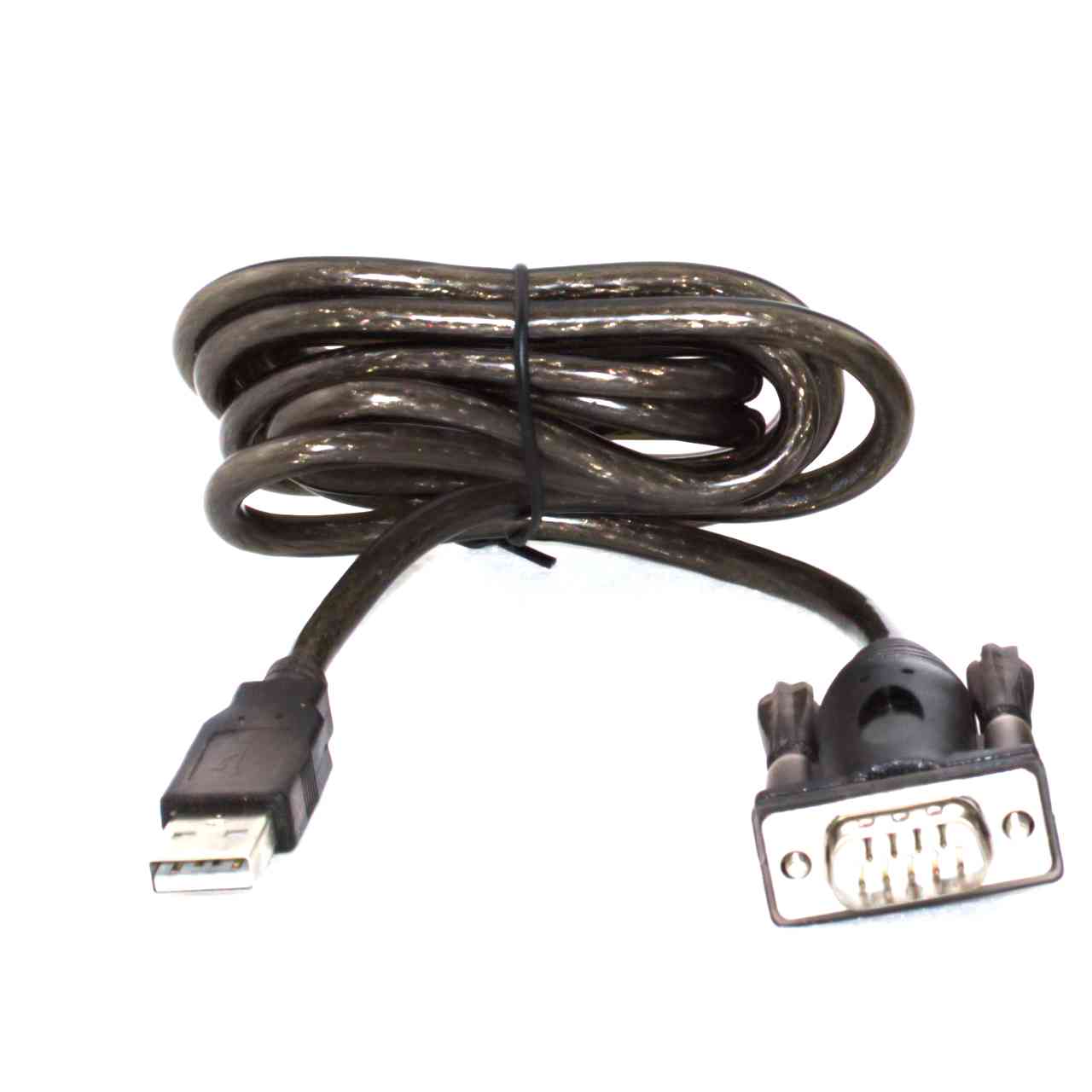Interface Solutions
Digital video interfaces for block cameras with LVDS input. They support several progressive and interlace 4K, HDTV or SDTV formats.
Filter
–
6G-SDI 4K Interface Board für Block Kameras
The 6G-SDI External Sync brings in a convenient and compatible form factor 4k possibility to a variety of applications where quality and performance is a premium.
Product number: TV10 0080
Price on request
12 cm KEL USL type 30pin micro coaxial cable (Type 1:n)
The KEL USL series features AWG#42 micro-coax cable and a 30-pin connector with 0.4 mm pitch.
Product number: USL20-30SS-012.0
Price on request
15 cm KEL USL type 30pin micro coaxial cable (Type 1:n)
The KEL USL series features AWG#42 micro-coax cable and a 30-pin connector with 0.4 mm pitch.
Product number: USL20-30SS-015.0
Price on request
20 cm KEL USL type 30pin micro coaxial cable (Type 1:n)
The KEL USL series features AWG#42 micro-coax cable and a 30-pin connector with 0.4 mm pitch.
Product number: USL20-30SS-020.0
Price on request
30 cm KEL USL type 30pin micro coaxial cable (Type 1:n)
The KEL USL series features AWG#42 micro-coax cable and a 30-pin connector with 0.4 mm pitch.
Product number: USL20-30SS-030.0
Price on request
Blue Mamba Neo IP Video processing and streaming Platform
Blue Mamba Neo video encoding and streaming board (Dual core IP platform without Wi-Fi) has been specifically designed for compact embedded vision systems. Used in conjunction with a iMX6 Dual core Cortex A9 processor this tiny and powerful module offers a h.264 hardware encoder and enables low latency video stream over Ethernet and a real-time display on an HDMI output.
Product number: TV20 0012
Price on request
CK-MCX-BNC | MCX to BNC connector cable
MCX to BNC connector cable75 Ohm Optimized RG 179 Cable:Length 10cmBNC:75 Ohm Bulkhead Jack (10 μ" (0.25 μm) Gold on Center Contact, Nickel on Shell)MCX:75 Ohm MCX Right-angle Plug (30 μ" (0.76 μm) Gold on Center Contact, Gold Flash on Shell)
Product number: CK-MCX-BNC
Price on request
EK-PA1100 | Power supply and control interface board
Power supply and control interface board
Product number: EK-PA1100
Price on request
EK-PA1100-USB | Power supply and control interface board for USB
Power supply and control interface board for USB
Product number: EK-PA1100-USB
Price on request
Full Tested Delock High Speed HDMI Cable with Ethernet 4K 2 m
The High Speed HDMI with Ethernet cable by Delock combines fast data transfer as well as audio- / video and Ethernet connection in one. It is used to connect DVD or Blu-ray devices to a TV or a monitor to a PC or a laptop. The cable also supports 4K Ultra HD resolutions, provided that all connected devices are compatible.The HDMI cable will be sent with a report on a short-circuit test, a test for interrupted lines, a continuity test, a DC resistance measurement and a signal integrity testIdeal for professional and test environments
Product number: 82583
Price on request
Full Tested Delock Premium HDMI Cable 4K 60 Hz 2 m
This Delock certified premium HDMI cable is designed to connect HDMI-enabled devices such as televisions, monitors, projectors, especially in professional environments. With a maximum bandwidth of 18 Gbps, it supports high-quality content display with resolutions of up to 4K Ultra HD (3840 x 2160 @ 60 Hz). HDMI Cable includes a Short circuit test, Test for broken lines, Continuity Check, DC resistance measurement and Signal integrity testIdeal for professional and test environments
Product number: 85217
Price on request
Full Tested Delock Ultra High Speed HDMI Cable 48 Gbps 8K 60 Hz grey 2 m certified
This high-quality Ultra High-Speed HDMI cable from Delock can be used to connect devices with an HDMI interface, such as televisions, monitors, projectors, and professional equipment. By supporting a maximum bandwidth of 48 Gbps, content can be displayed in 8K Ultra HD (7680 x 4320 @ 60 Hz) resolution The HDMI cable will be sent with a report on a short-circuit test, a test for interrupted lines, a continuity test, a DC resistance measurement and a signal integrity test Ideal for professional and test environments
Product number: 83996
Price on request
PS-EP-TA20EWE | USB Power supply (5 V/2A or 9V/1,67A)
USB Power supply (5 V/2A or 9V/1,67A)
Product number: PS-EP-TA20EWE
Price on request
PS-TE10A05 | 5V AC to DC external power supply
5V AC to DC external power supply
Product number: PS-TE10A05
Price on request
PS-TE10A12 | 12 V AC to DC external power supply
12 V AC to DC external power supply
Product number: PS-TE10A12
Price on request
Red Mamba Neo IP Video processing and streaming Platform
Red Mamba Neo video encoding and streaming board (Quad core IP platform with a Wi-Fi chip) with a has been specifically designed for compact embedded vision systems. Used in conjunction with a iMX6 Quad core Cortex A9 processor this tiny and powerful module offers a h.264 hardware encoder and enables low latency video stream over Ethernet and/or WiFi
Product number: TV20 0011
Price on request
Single optical fiber line solution for block cameras
This combination of TL7075 and TL7076 provides a complete, high-performance optical fiber solution on one fiber line for the processing and transmission of high-end video data and is ideal for professional applications in the fields of surveillance, broadcasting, and video transmission.
Product number: TL7075-TL7076
Price on request
SL4651 is a small form factor HD-TVI/AHD analog HD video transmitter for Block Cameras. Camera LVDS video input signals are demultiplexed, processed and output over a MCX coaxial connector. Camera control is accomplished by a transparent full duplex communication channel. Physical interface between camera and camera controller / PC is based on RS232, 3.3V TTL or RS485(optional) level. TLCK-B-0200 cable kit is included and contains 30wire micro coaxial cable for connecting SL4651 to the camera as well as 10wire power supply and serial control cable harness. Features: High Definition analog HD-TVI or AHD output 1080p30 /25 Hz 720p60 /50 Hz Small form factor Small form factor 55mm x 36mm Camera Control RS232 and TTL level serial control interface RS485 camera control interface (optional) Temperature Range and Power Operating ambient temperature range -10°C to +60°C Operating humidity range 20% to 80% Supply voltage 9V to 12V DC regulated Compliance RoHS compliant UL/UR compliant Applications Full HD integrated cameras with analog HD YPbPr output requirements Industrial, medical, security, law enforcement Download SL4651 Datasheet V2.2.0 SL4651 Block Diagram Power Input: 9V to 12V DC regulated supply input voltage range Characteristics: PD = 4.08W (MP1110M-VC camera lens steady +SL4651) PD = 4.56W (FCB-EV7520A camera lens steady +SL4651) PSL4651 = 1.28W (typ.) (12V DC supply, 1920x1080@30fps, TA = 25°C, Humididty = 40%) Operating and Storage Conditions: Ambient temperature (min/max) -10°C/60°C = 14°F/140°F Humidity: 20% - 80% SL4561 is RoHS compliant (2002/05/EG and 2011/65/EU) SL4651 PCB Connectors J6 HD-TVI/AHD output connector Samtec MCX7-J-P-H-RA-TH1 J5 Camera Interface KEL USL00-30L-A 30wire microcoax connector for camera IF. Use 30wire micro coaxial cable supplied with cable kit. J1 Power & Control JST SM10B-SRSS-TB Pin Signal 1 DC Supply voltage input 2 DC Supply voltage input 3 GND (0V) 4 GND (0V) 5 Reset* Pull pin 5 to GND(0V) for 1ms or longer for reset, leave open for normal operation. 6 GND 7 TXD_TTL (serial IF transmit 3.3V, optional) 8 RXD_TTL (serial IF receive 3.3V, optional) 9 RXD_232 (serial IF receive RS232 level) 10 TXD_232 (serial IF transmit RS232 level) SL4651 PCB Outline Onboard Mode Switch: Switch #1 SL4651 Video Output Mode: OFF=HD-TVI, ON=AHD Switch #2 Camera Monitoring Mode Adjust: OFF=No change, ON*=Force 1080p30 *SL4651 onbaord microcontroller adjusts camera video output setting to 1080p30 if switch #2 is in ON position. Checking switch #2 is done once during SL4651 boot cycle. Changing switch #2 position during board operation has no effect. Also switch #1 must be preset before power is applied to SL4651. SL4651 | Production Kit Partnumber Content SL4651 HD-TVI Board TLCK-B 1. TLCK-FL10-150 10 pin flying leads cable for power and control(RS232/TTL), length 15cm 2. TLCK-K30-200 30 pin KEL USL type micro coaxial cable, connector on both sides, length 20cm, Type 1:n SL4651-EXT | Evaluation Extension Partnumber Content EK-PA1100 Power supply and control interface board PS-TE10A12 12 V AC to DC external power supply with interchangeable blade kit for USA, Europe, United Kingdom and Australian. TL-EVK-USB2-A-MICROB USB 2.0 Cable with a USB 2.0-A male and a USB 2.0 micro-B male connector
Product number: SL4651
Price on request
SL4655 | FHD LVDS to analog YPbPr
SL4655 is a small form factor analog YPbPr FHD video transmitter. Camera LVDS video input signals are demultiplexed, processed, converted to analog and output over 6pin board to wire connector. Camera control is accomplished by a transparent full duplex communication channel. Physical interface between camera and camera controller / PC is based on RS232, 3.3V TTL or RS485(optional) level. TLCK-B5 cable kit is included and contains 30wire micro coaxial cable for connecting SL4655 to the camera as well as 10wire power supply and serial control cable harness and a 6wire cable harness for the video output. Features: High Definition analog HD-YPbPr output 1080p30 /29.97 /25 Hz 1080i60 /59.94 /50 Hz 720p60 /59.94 /50 /30 /29.97 /25 Hz Small form factor Small form factor 55mm x 36mm Camera Control RS232 and TTL level serial control interface RS485 camera control interface (optional) Temperature Range and Power Operating ambient temperature range -10°C to +60°C Operating humidity range 20% to 80% Supply voltage 9V to 12V DC regulated Compliance RoHS compliant UL/UR compliant Applications Full HD integrated cameras with analog HD YPbPr output requirements Industrial, medical, security, law enforcement Download SL4655 Datasheet V1.2.0 SL4655 Block Diagram Power Input: 9V to 12V DC regulated supply input voltage range Characteristics: PD = 4.08W (MP1110M-VC camera lens steady +SL4655) PD = 4.56W (FCB-EV7520A camera lens steady +SL4655) P SL4655 = 1.28W (typ.) (12V DC supply, 1920x1080@30fps, TA = 25°C, Humididty = 40%) Operating and Storage Conditions: Ambient temperature (min/max) -10°C/60°C = 14°F/140°F Humidity: 20% - 80% SL4565 is RoHS compliant (2002/05/EG and 2011/65/EU) SL4655 PCB Connectors J5 Camera Interface KEL USL00-30L-A 30wire microcoax connector for camera IF. Use 30wire micro coaxial cable supplied with cable kit. J1 Power & Control JST SM10B-SRSS-TB Pin Signal 1 DC Supply voltage input 2 DC Supply voltage input 3 GND (0V) 4 GND (0V) 5 Reset* Pull pin 5 to GND(0V) for 1ms or longer for reset, leave open for normal operation. 6 GND (0V) 7 TXD_TTL (serial IF transmit 3.3V, optional) 8 RXD_TTL (serial IF receive 3.3V, optional) 9 RXD_232 (serial IF receive RS232 level) 10 TXD_232 (serial IF transmit RS232 level) J7 YPbPr Video Output JST SM6B-SRSS-TB Pin Signal 1 Y signal output 2 GND (0V) 3 Pb signal output 4 GND (0V) 5 Pr signal outpu 6 GND (0V) SL4655 PCB Outline SL4655 | Production Kit Partnumber Content SL4655 FHD LVDS to analog YPbPr Board TLCK-B5 1. TLCK-FL10-150 10 pin flying leads cable for power and control(RS232/TTL), length 15cm 2. TLCK-K30-200 30 pin KEL USL type micro coaxial cable, connector on both sides, length 20cm, Type 1:n 3. TLCK-K06-150 6 pin flying leads cable for YPbPr, length 15cm SL4655-EXT | Evaluation Extension Partnumber Content EK-PA1100 Power supply and control interface board PS-TE10A12 12 V AC to DC external power supply with interchangeable blade kit for USA, Europe, United Kingdom and Australian. TL-EVK-USB2-A-MICROB USB 2.0 Cable with a USB 2.0-A male and a USB 2.0 micro-B male connector
Product number: SL4655
Price on request
TL-EVK-DIN-BNC-1 | DIN to BNC connector cable
DIN to BNC connector cable
Product number: TL-EVK-DIN-BNC-1
Price on request
TL-EVK-HDMI | HDMI-A Cable
High Speed HDMI-A Cable, with two HDMI-A 19 pin male connectors
Product number: TL-EVK-HDMI
Price on request
TL-EVK-HDMI-MICRO-D | HDMI Micro-D Cable
High Speed HDMI Cable, with 1 HDMI-A 19 pin male connector and 1HDMI Micro-D 19 pin male connector | 2 meter
Product number: TL-EVK-HDMI-MICRO-D
Price on request
TL-EVK-USB-SA | USB to serial adapter cable
USB to serial adapter cable
Product number: TL-EVK-USB-SA
Price on request
